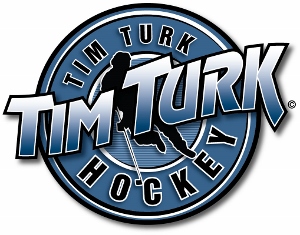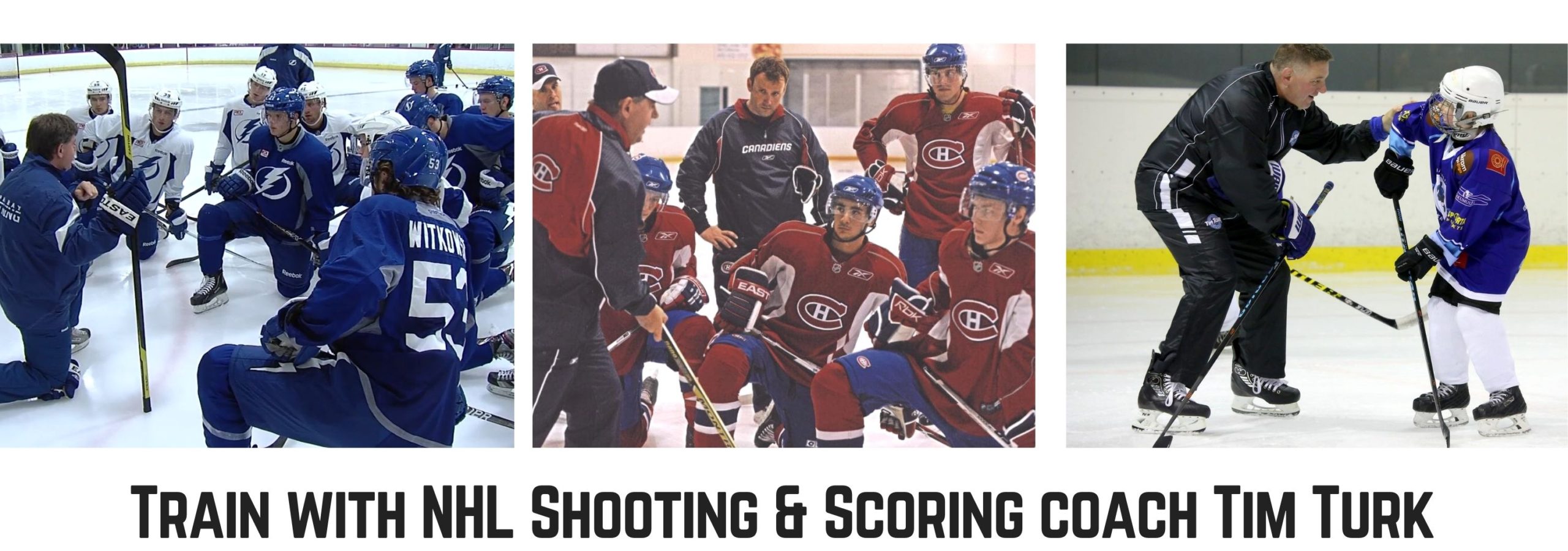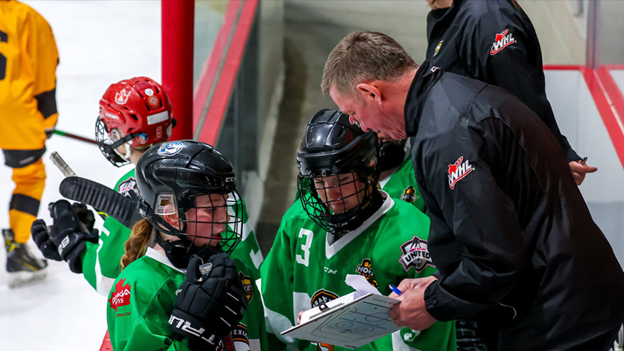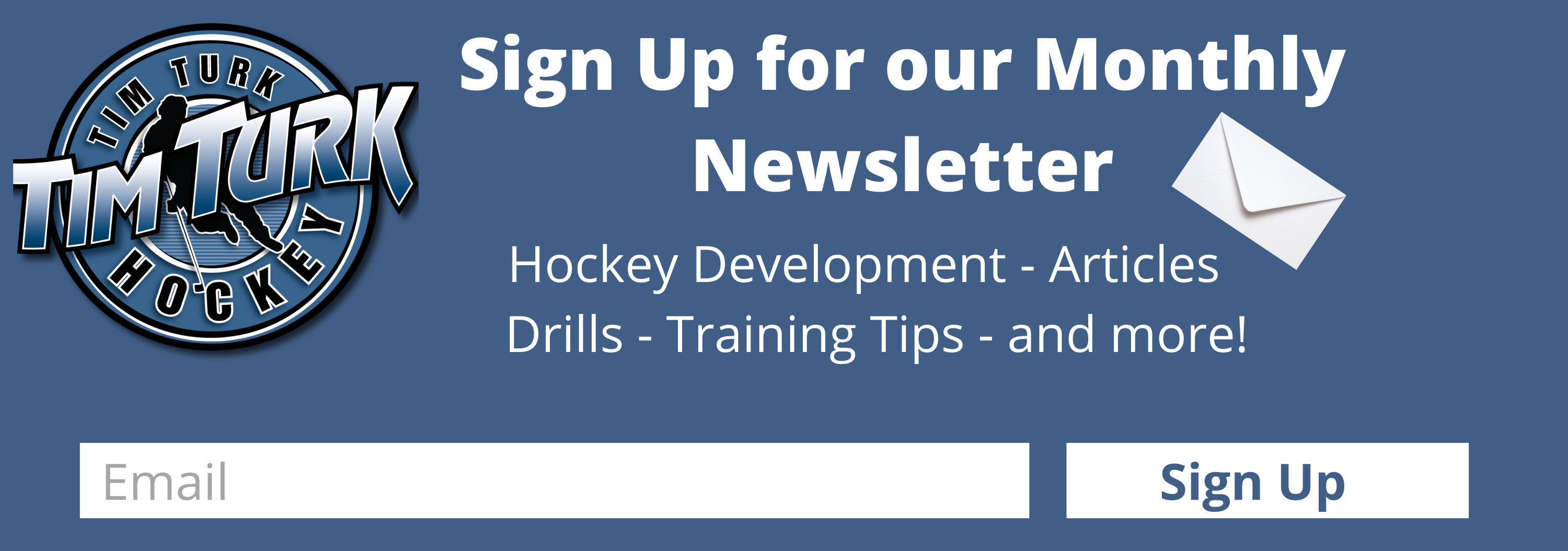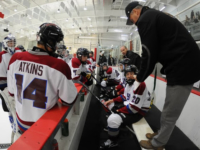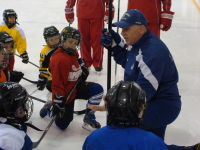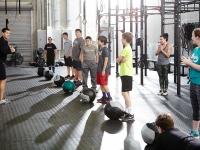Having a strong and united coaching staff is one of the most important things to any successful team. This is especially true in youth sports like minor hockey. Oftentimes we don’t fully realize how much of an impact we can make on these young players as their coach. Not only are we providing them with leadership, but we are helping them to develop skills they can use both on and off the ice. Coaches are heroes and they are role models, and players will remember you and the impact you had on them for years to come.
So as a coach, what is the best way to cultivate that united staff? Each assistant coach is as important as the head coach when you are standing behind the bench. It’s important to provide a united front to support each other and the players. Coaching minor hockey is not an easy task for anyone, especially here in Canada. The sport is woven into the fabric of our culture and to many parents, minor hockey is a rite of passage. Let’s take a look at some ways in which you can begin to develop your united coaching staff.
Build Relationships Early
In a minor hockey setting, there’s a good chance that you might not know the other coaches at the start of the season. Typically it is parents that are volunteering their time, usually because one of their kids already plays on the team. So how do you get to know other coaches when you are suddenly thrust into a staff with them? It is a good idea to consider implementing professional team-building exercises. Get together outside of practices and games. This doesn’t just provide a chance for camaraderie and relationship-building, but it also lets you learn how to communicate with each other.
As coaches, you need to provide the same message to players and parents. What is the goal for this team during the season? It might seem a bit heavy for a minor hockey team but it really helps to have a clear vision in mind for how you want to coach the team. Once you all know what you are working towards, each practice and game become easier to manage. If the players can sense that the coaches all get along and are on the same page, it provides a lot more stability and structure for players to follow.
Give Each Coach a Purpose
What do we mean by this? Just like in the NHL, have each coach take no a different part of the team. One coach can help the forwards, one the defence, and one the goalie. Whether or not you want to rotate these duties with each game is up to you. It does provide your players with different styles of leadership from each coach, and it helps the coaches develop different ways of teaching.
But is this truly important in minor hockey? Most of the time the kids don’t play their given positions anyways! It’s not really about the positions, it is about learning how to approach the game in different ways. What this also does is provides each coach with something to focus on. You aren’t interrupting each other during practices or inadvertently teaching the players the same thing twice. When each coach has their own role, it also spreads out the workload amongst everyone.
Share the Responsibilities!
This point goes hand in hand with the previous topic of providing each coach with a purpose. When it comes to practices and games, make sure you have a good routine in place. The coaching staff should share all of the responsibilities with the ultimate goal of having the team ready to go by the opening faceoff. What does this look like? Allow one coach to make the lineup, one coach can fill the water bottles, and another can bring the pucks and make sure the players’ equipment is all ready to go.
Of course, you can rotate these responsibilities with each game or you can designate them to each coach for the season. This establishes all of the coaches as authority figures within the dressing room and it lets your players know that you are there to support them. During the game itself, you can have one coach at each gate on the bench calling out subs and opening the heavy gate for the players that are changing. This is a great way to get one-on-one time with each player as they come off the ice. Positive reinforcement and encouragement are always appreciated!
Lead by Example
Whether you are the head coach or an assistant coach, you are setting the bar for games and practices. It’s never a good look when the coaches are running into the locker room five minutes before the game starts. As the coaches, you should be the first ones to the rink if possible. Get there early and the players will follow suit. What this does is it provides that calming presence and stability from the start. It also shows the players that you are excited to be there and that enthusiasm is contagious in a dressing room!
During the game, lead by example. Every player on the team will feed off of your energy and be watching for your cues. If you are arguing with the refs, parents, or even the other coaches, it is certainly not setting a great example for the kids. Coaches are the heads of the team, even if the players do most of the work on the ice. But remember, you are not just there to make the lines and fill the bottles. Your presence as the coach is teaching these kids valuable leadership and sportsmanship skills that they will use for the rest of their lives.
